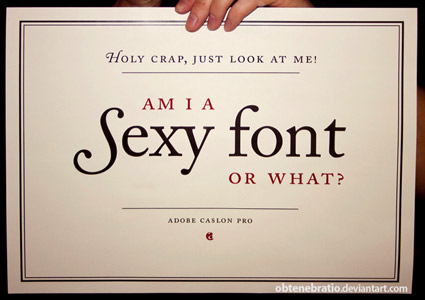http://news.bbc.co.uk/1/hi/8339647.stm
http://www.telegraph.co.uk/news/newstopics/debates/3414682/Moaning-drinking-and-queuing-are-what-make-us-British.html
http://www.infobarrel.com/10_Facts_about_Rain
1. The umbrella was originally invented to protect people from the hot sun.
2. Rain drops can fall at speeds of about 22 miles an hour.
3. Rain starts
off as ice or snow crystals at cloud level.
4. Light
rain is classified
as being no more then 0.10 inchese of rain an hour.
5. Heavy rain is classified as being more then 0.30 inches of rain an
hour.
6. Louisiana is the wettest state in the U.S, which receoved an annual
rainfall of 56 inches.
7. Rain drops range in size from 0.02 inches to about .031 inches.
8. Rain drops do not fall in a tear drop shape, they originally fall in
the shave of a flat oval.
9. Rain that freezes before it hits the ground is known as frozen rain.
10. Rain is recycled water that evaporated from our worlds lakes,
rivers, oceans, seas etc.
Our top national characteristic is
talking about the weather, just ahead of a passion for queuing, but other
qualities in the top ten are not so endearing; sarcasm, a love of television
soaps and curtain twitching were all identified as central to the British
identity.
Obsession with class was also high on
the list, along with more modern ills such as pandering to political
correctness and road rage.
Working long hours, fascination with
property prices and the love of bargains also made it into the top 50,
suggesting that our behaviour during the financial crisis may be more ingrained
than we think.
1. Talking about the weather
2. Great at queueing
3. Sarcasm
4. Watching soaps
5. Getting drunk
6. A love of bargains
7. A love of curtain twitching
8. Stiff upper lip
9. Love of all television
10. Moaning
11. Obsession with class
12. Gossiping with neighbours over the
garden fence
13. Obsession with the traffic
14. Enjoying other people's misfortune
15. Inability to complain
16. Love of cheap foreign holidays
17. Working long hours
18. A soothing cup of tea to ease
worries
19. Eating meat and two veg
20. Looking uncomfortable on the dance
floor
21. Feeling uncomfortable when people
talk about their emotions
22. Clever sense of humour
23. Obsession with property values
24. Pandering to political correctness
25. Road rage
26. Being unhappy with our weight
27. Wanting a good tan
28. Being proud of where we live
29. Not saying what we mean
30. The ability to laugh at ourselves
31. Washing the car on a Sunday
32. Taking the mickey out of others
33. Asking people about their journey
34. Inability not to comment on how
other people bring up their children
35. Jealousy of wealth and success
36. Being overly polite
37. Texting instead of calling
38. An inability to express our emotions
39. Obsession with the Royal Family
40. Fondness for mowing the lawn
41. Love of rambling through the
countryside
42. A love of all things deep fried
43. Emulating celebrity lifestyles
44. Leaving things to the last minute
45. Irony
46. Keeping our homes neat and tidy
47. Take decisions and accept the
consequences
48. Achieving against all odds
49. Wanting our sportsmen / teams to
fail
50. DIY on a Bank Holiday
In a bad
mood? Don't worry - according to research, it's good for you.
An
Australian psychology expert who has been studying emotions has found being
grumpy makes us think more clearly.
In
contrast to those annoying happy types, miserable people are better at
decision-making and less gullible, his experiments showed.
While cheerfulness
fosters creativity, gloominess breeds attentiveness and careful thinking,
Professor Joe Forgas told Australian Science Magazine.
The
University of New South Wales researcher says a grumpy person can cope with
more demanding situations than a happy one because of the way the brain
"promotes information processing strategies".
|
|
 Negative moods trigger more attentive,
careful thinking, paying greater attention to the external world Negative moods trigger more attentive,
careful thinking, paying greater attention to the external world
Professor
Joe Forgas
|
He asked
volunteers to watch different films and dwell on positive or negative events in
their life, designed to put them in either a good or bad mood.
Next he
asked them to take part in a series of tasks, including judging the truth of
urban myths and providing eyewitness accounts of events.
Those in
a bad mood outperformed those who were jolly - they made fewer mistakes and
were better communicators.
Professor
Forgas said: "Whereas positive mood seems to promote creativity,
flexibility, co-operation and reliance on mental shortcuts, negative moods
trigger more attentive, careful thinking, paying greater attention to the
external world."
The
study also found that sad people were better at stating their case through
written arguments, which Forgas said showed that a "mildly negative mood
may actually promote a more concrete, accommodative and ultimately more
successful communication style".
His
earlier work shows the weather has a similar impact on us - wet, dreary days
sharpened memory, while bright sunny spells make people forgetful.


























